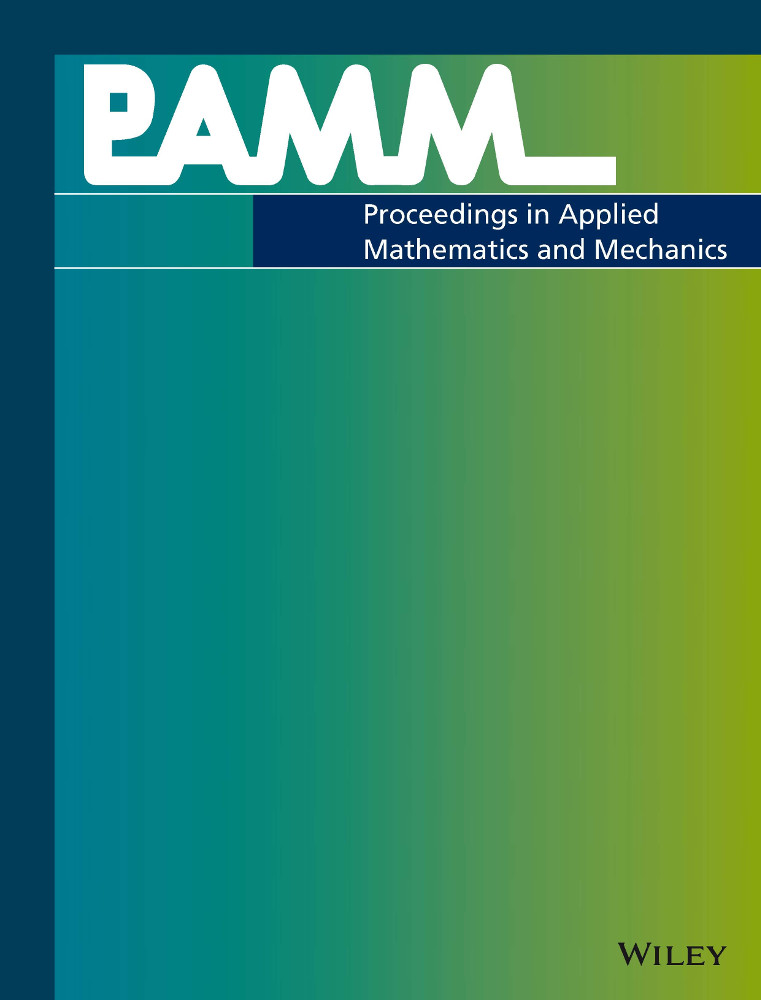Hybrid Digital Twins: A Proof of Concept for Reinforced Concrete Beams
Abstract
Digital twins map physical objects, processes, and further entities from the real (physical) world into digital space. Going one step further, hybrid digital twins combine physics-based modeling with data-based techniques to form a simulation tool with predictive power. In the light of an increasing digitalization of our built world, such digital twins have great potential to contribute to the protection of critical technical infrastructures. In case of bridges, digital twins can have a key role in structural health monitoring. This contribution outlines a path to approach these goals and provides a proof of concept of a hybrid digital twin for steel-reinforced concrete beams as a representative component in civil engineering structures.
Four model components are combined to form the hybrid digital twin, namely, a physics-based full-order model, a fast-to-evaluate reduced-order model, a purely data-driven model, and a baseline model. Applied to the concrete beam, the full-order model is based on a novel finite element formulation allowing for efficient modeling of slender structures embedded into solid bodies. We use this method to capture the interaction between reinforcement components and concrete matrix of the beam. As reduced-order model, a physics-informed neural network is trained with parts of the available measurement data and with the governing equations of a simplified physical model. The data-driven model localizes cracks in the concrete in a statistical outlier analysis of fiber-optical strain measurement data. In completion, the baseline model estimates the system behavior based on a closed-from expression from civil engineering literature.
The proposed hierarchy of four models with decreasing model complexity allows to select an appropriate model according to an application specific trade-off between model accuracy and cost. We demonstrate the combination of physics-based modeling with data-driven techniques based on sensor data measured in a physical four-point bending test of the reinforced concrete beam.




